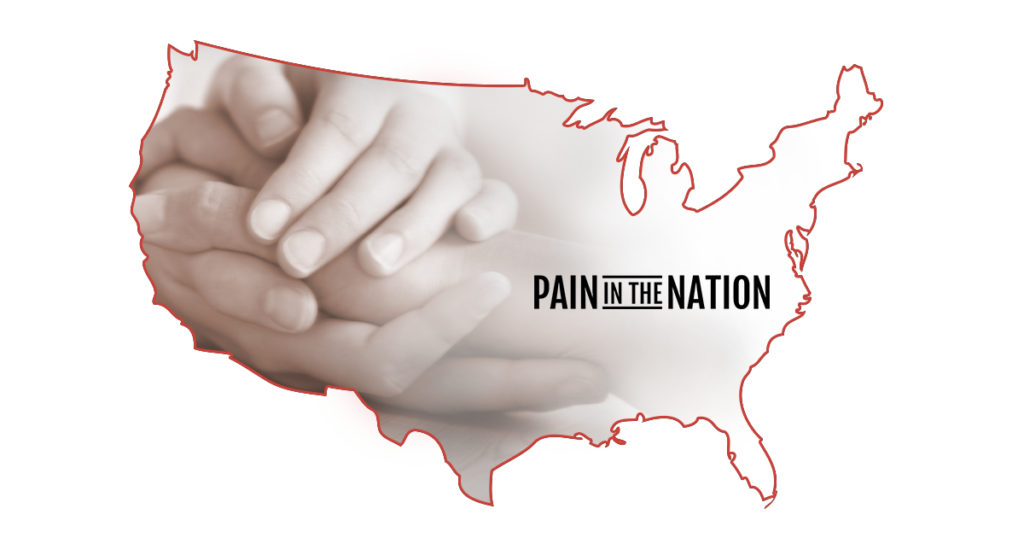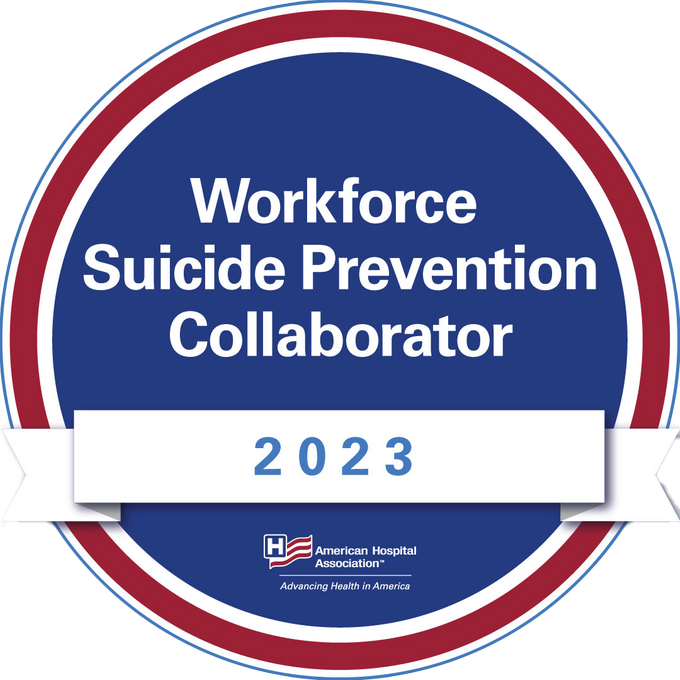Alcohol, Drug, and Suicide Fatalities Rise to Historic Levels, The Number of Americans Dying Due to Alcohol, Drugs, and Suicide is at an All-time High
Synthetic Opioid Deaths Rose 45 Percent Between 2016 And 2017, Have Increased 10-fold In The Last Five Years
(Washington, DC and Oakland, CA) – More than 150,000 Americans—the most ever—died from alcohol and drug-induced fatalities and suicide in 2017 – more than twice as many as in 1999 – according to a new analysis released today by Trust for America’s Health (TFAH) and Well Being Trust (WBT).
The TFAH and WBT analysis of Centers for Disease Control and Prevention data found that between 2016 and 2017, the national rate for deaths due to alcohol, drugs, and suicide increased 6 percent from 43.9 to 46.6 deaths per 100,000. While the increase is lower than the prior two years, it is higher than the 4 percent average annual increase since 1999.
According to the analysis, the number of Americans dying due to substance misuse and suicide is at an all-time high.
Synthetic opioids continue to drive increases in deaths
Synthetic opioid deaths rose 45 percent between 2016 and 2017 and have increased 10-fold in the last five years. Americans are now dying at a faster rate from overdoses involving synthetic opioids than they did from all drugs in 1999.
Two decades ago, fentanyl and synthetic opioids were associated with less than 1,000 annual deaths nationwide. In 2017, more than 1,000 Americans died from synthetic-opioid overdoes every two weeks.
In 2017, synthetic-opioid deaths were highest among males, Blacks, Whites, adults ages 18-54 and those living in urban areas. Synthetic-opioid deaths were concentrated in Northeastern and Midwestern states.
Suicide deaths growing at fastest pace in years
Deaths from suicides also rose faster between 2016 and 2017 than in previous years, increasing four percent from 13.9 to 14.5 deaths per 100,000. The 2017 increase was the largest since the data collection began in 1999. For the previous decade, between 2008 and2017, suicide rates increased an average of 2 percent per year, a 22 percent total increase.
The highest rates of suicide continue to occur among Whites, males and people living in rural areas. Increases in suicide were geographically widespread but increases were proportionally greater among certain demographic groups including young people (particularly children and adolescents), Blacks and Latinos. Between 2016 and 2017, suicide death rates for children and adolescents increased by 16 percent from 2.1 deaths per 100,000 to 2.4 per 100,000.
“It is important to see hope in the slowing of rates—but it’s not nearly enough. We should not be satisfied at all. Too many of us are dying from preventable causes, and each time we make progress—like with prescription opioids—new problems—like synthetic opioids—appear,” said Benjamin F. Miller, Chief Strategy Officer, WBT. “Tackling such a complex problem is not about adding up small changes – but really about transformation at a systems level.”
Age Differences
The 2017 rate of death by alcohol, drugs, and suicide among all adults ages 35-54 was 72.4 deaths per 100,000, for all males it was 68.2 per 100,000, for all females it was 25.7 deaths per 100,000.
Regional Differences
While most stats saw increases in deaths due to alcohol, drugs and suicide, the trends are worst in certain states:
- West Virginia had the highest rate of death from alcohol, drugs, and suicide in the nation (91 deaths per 100,000).
- New Mexico was second with 77 deaths per 100,000.
- Ohio was third with 69.4 deaths per 100,000.
- Alaska (67.6 per 100,000) and New Hampshire (66.0 per 100,000) were fourth and fifth respectively.
Overall, 43 states and the District of Columbia had higher rates of deaths from alcohol, drugs and suicide between 2016 and 2017. Five states—Massachusetts, Oklahoma, Rhode Island, Utah, and Wyoming—had lower rates.
“We need a comprehensive approach with attention to the upstream root causes – like childhood trauma, poverty and discrimination —and the downstream life-saving efforts – like overdose reversal and access to treatment—and everything in between,” said John Auerbach, President and CEO of the Trust for America’s Health. “A focus on only one or two approaches won’t work with complex and widespread epidemics like these. As a nation, we need to better understand and to systematically address the factors that drive these devastating deaths of despair.”
The TFAH/WBT brief recommends several policy actions to prevent deaths from alcohol, drugs, and suicide, including:
- Increasing funding and support for programs that reduce risk factors and promote resilience in children, families and communities. Exposure to trauma and adverse experiences at young ages increase the potential for substance misuse and suicide. Programs that reduce community violence, address poverty and discrimination, create safe, supportive schools and quality learning experiences and promote access to secure housing and employment opportunities all reduce adverse experiences and build resilience.
- Providing more resources to programs that promote harm reduction and access to treatment for individuals with substance use disorders including access to mental health services covered by insurance on par with coverage for physical health care. Increased access to programs for communities and population groups at the highest risk for substance misuse and suicide are particularly critical.
- Supporting policies that limit access to the lethal means of suicide by promoting safe storage of medications and firearms and encouraging responsible opioid prescribing practices.
The TFAH/WBT Pain in the Nation publication series was launched in 2017 and examines substance misuse and suicide trends and evidence-based policies and programs in an effort to promote a comprehensive approach to solving the nation’s deaths of despair crisis. The report series is designed to focus attention on the need for national resilience strategy.
###
Trust for America’s Health is a nonprofit, nonpartisan organization that promotes optimal health for every person and community and makes the prevention of illness and injury a national priority. www.tfah.org
Well Being Trust is a national foundation dedicated to advancing the mental, social, and spiritual health of the nation. Created to include participation from organizations across sectors and perspectives, Well Being Trust is committed to innovating and addressing the most critical mental health challenges facing America, and to transforming individual and community well-being. www.wellbeingtrust.org. Twitter: @WellBeingTrust






